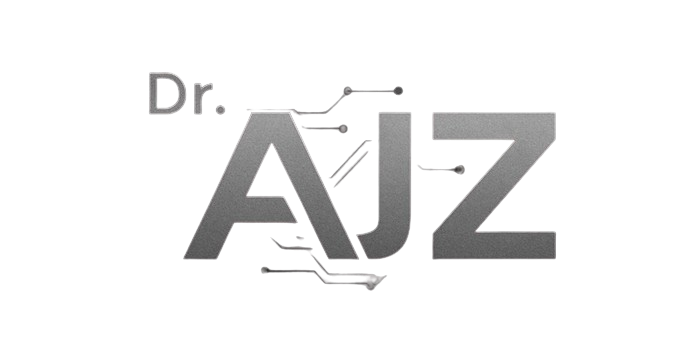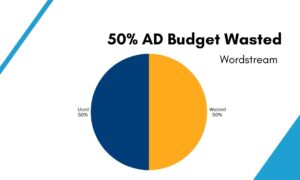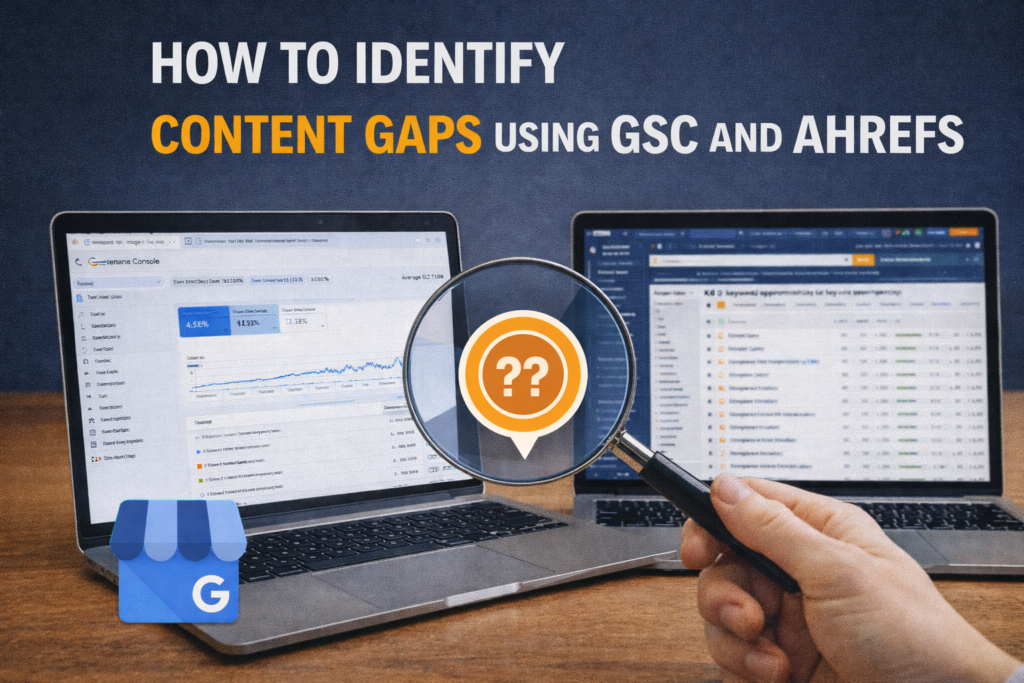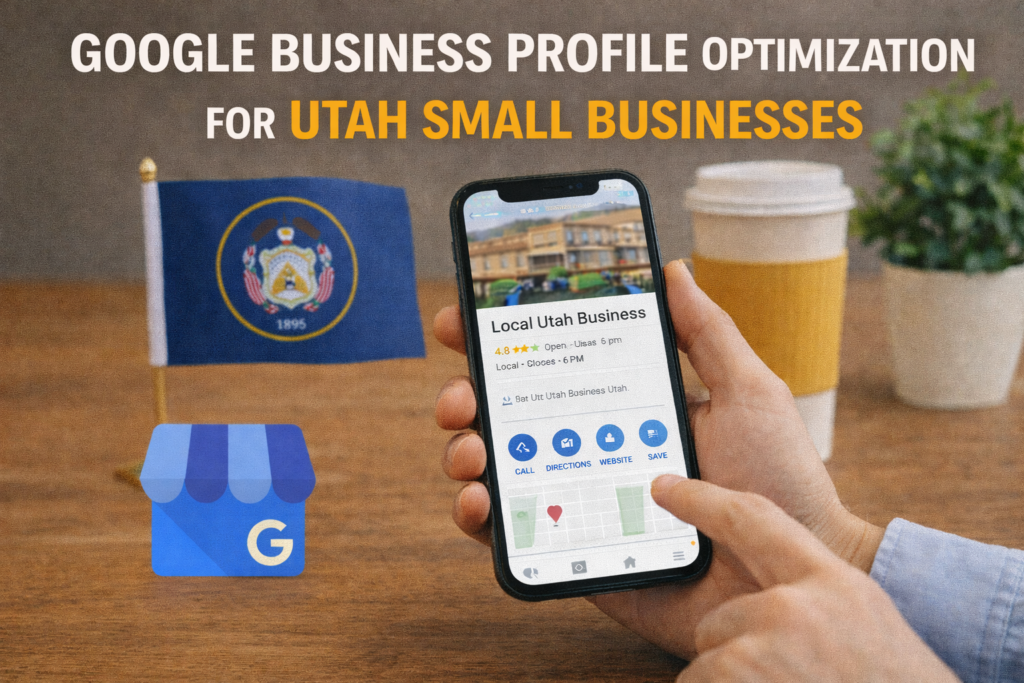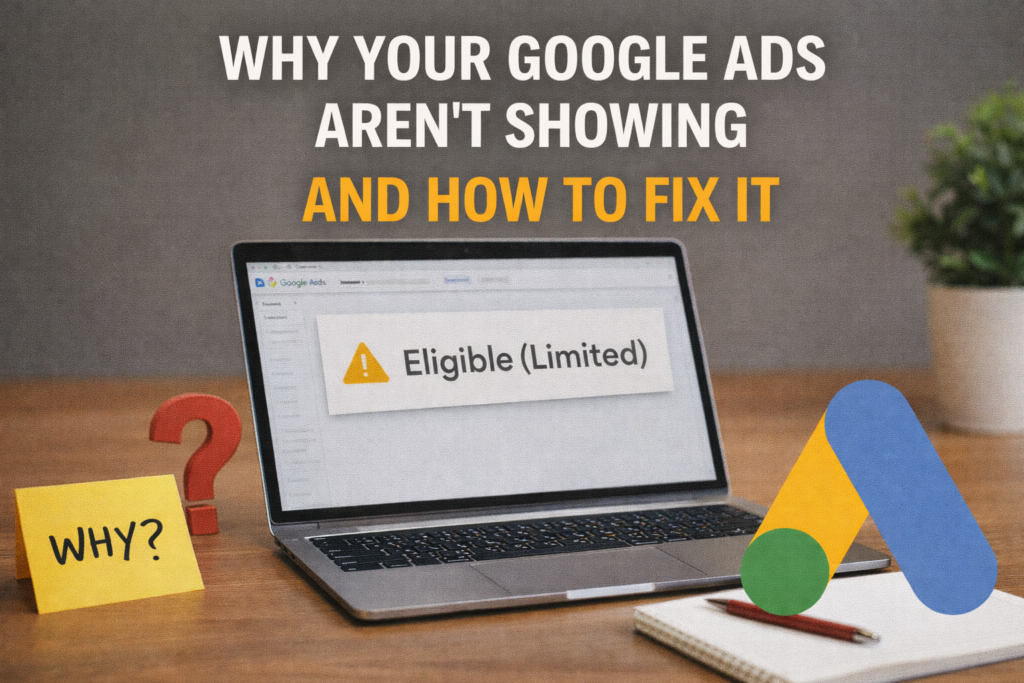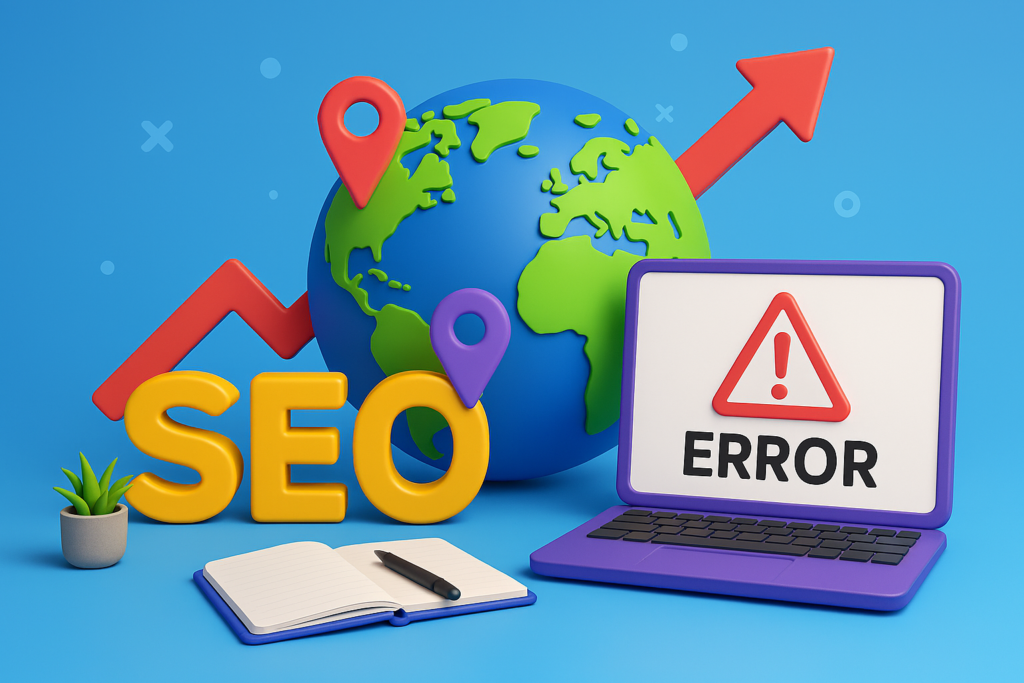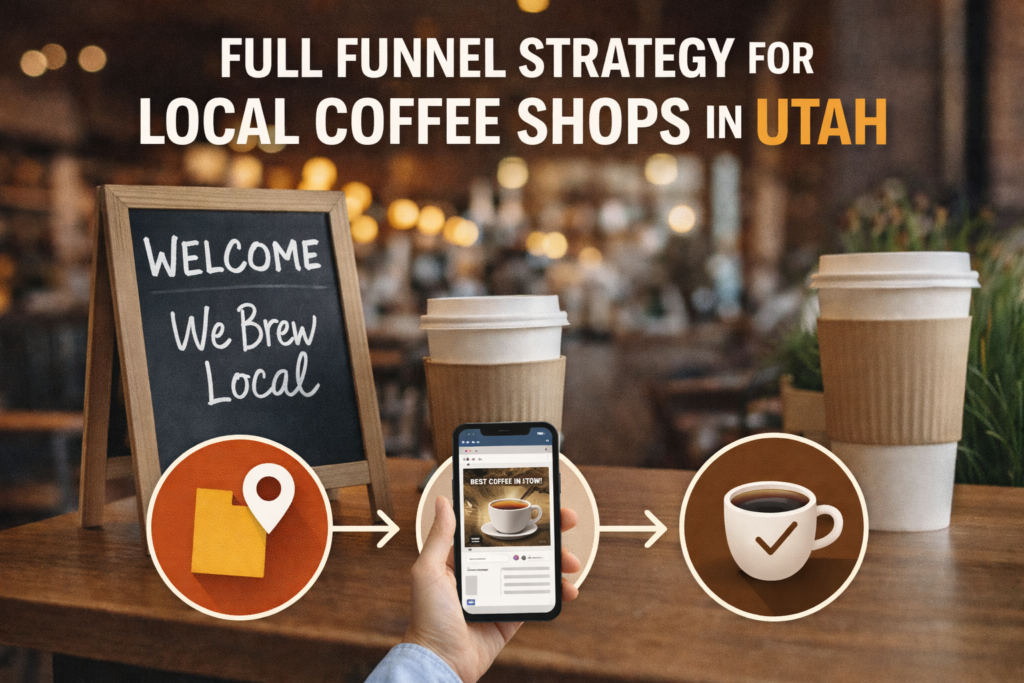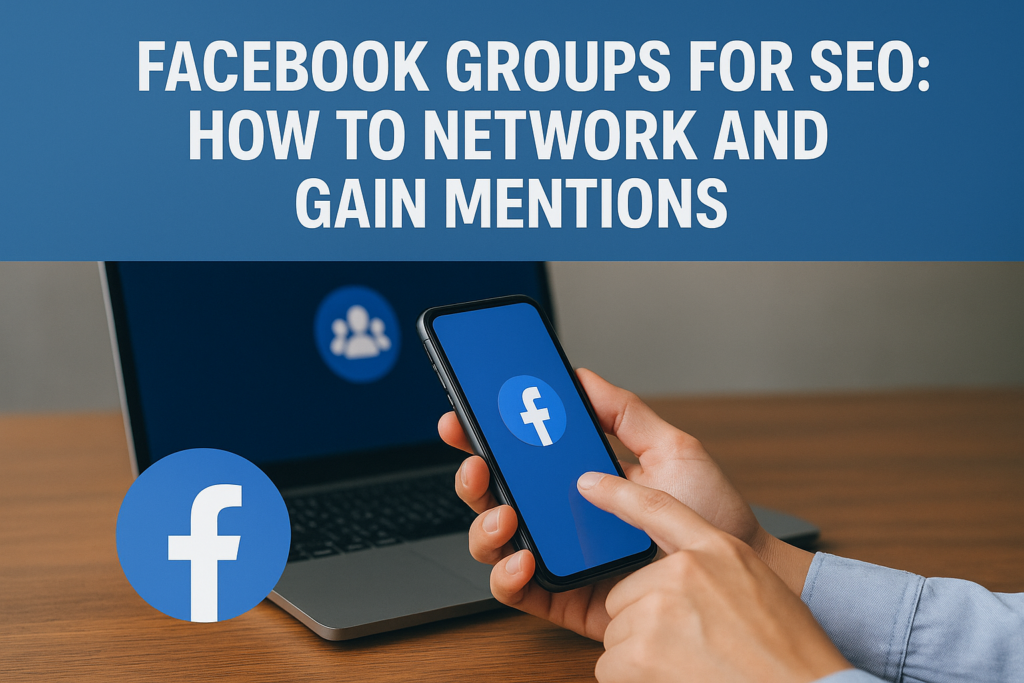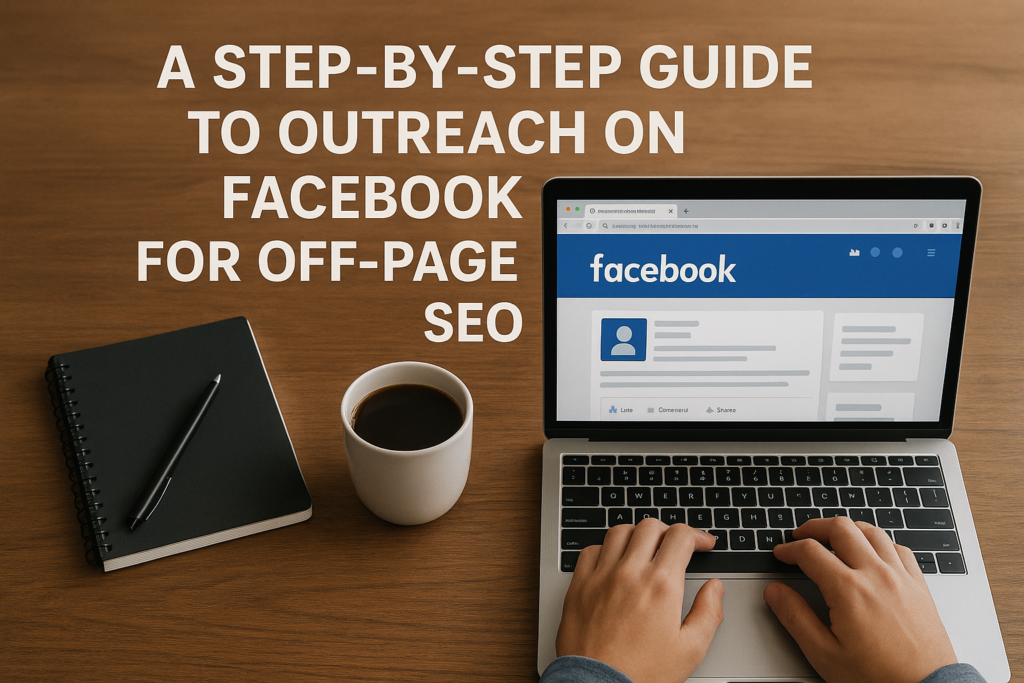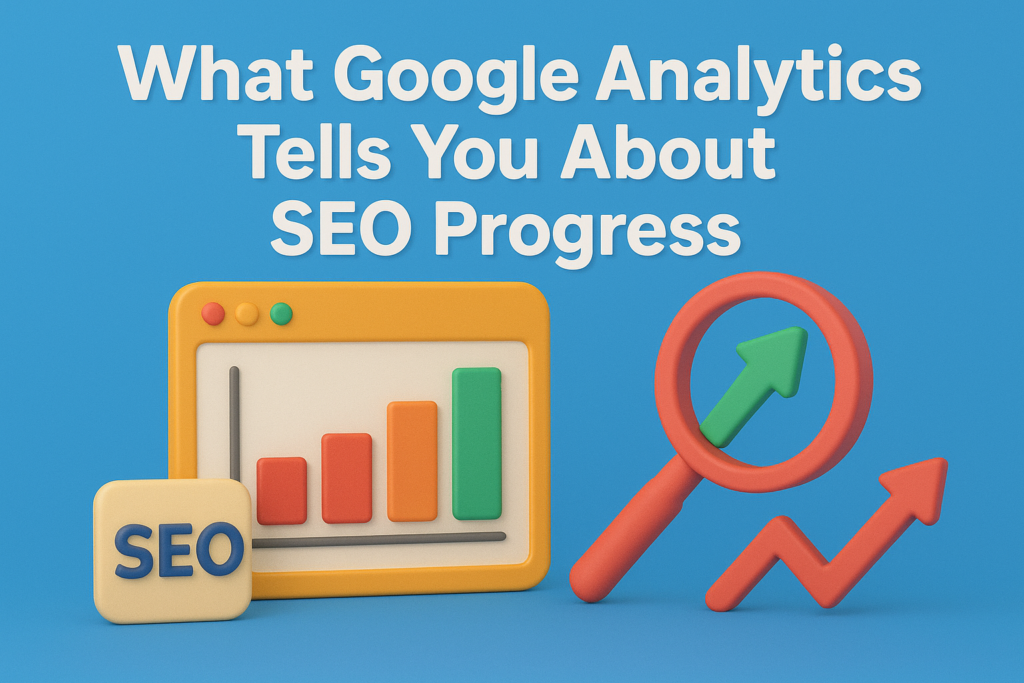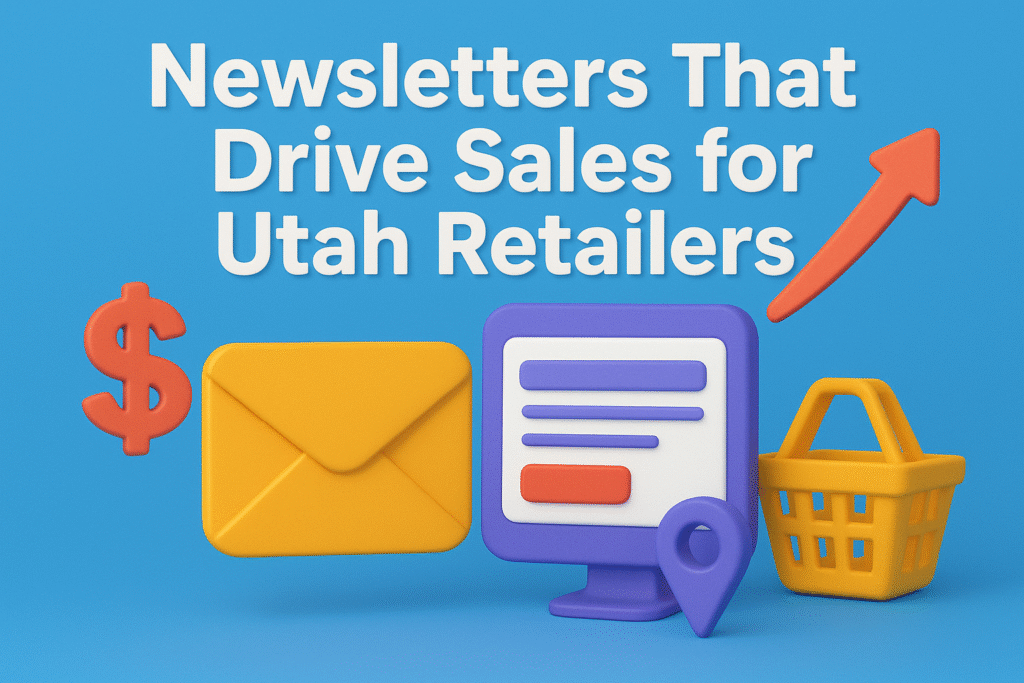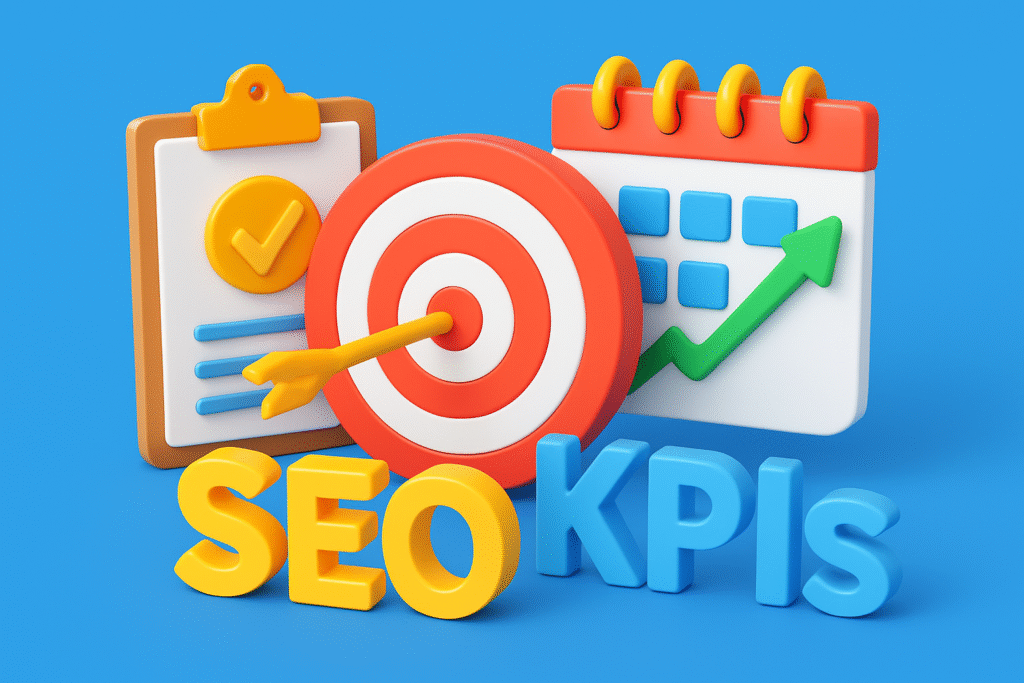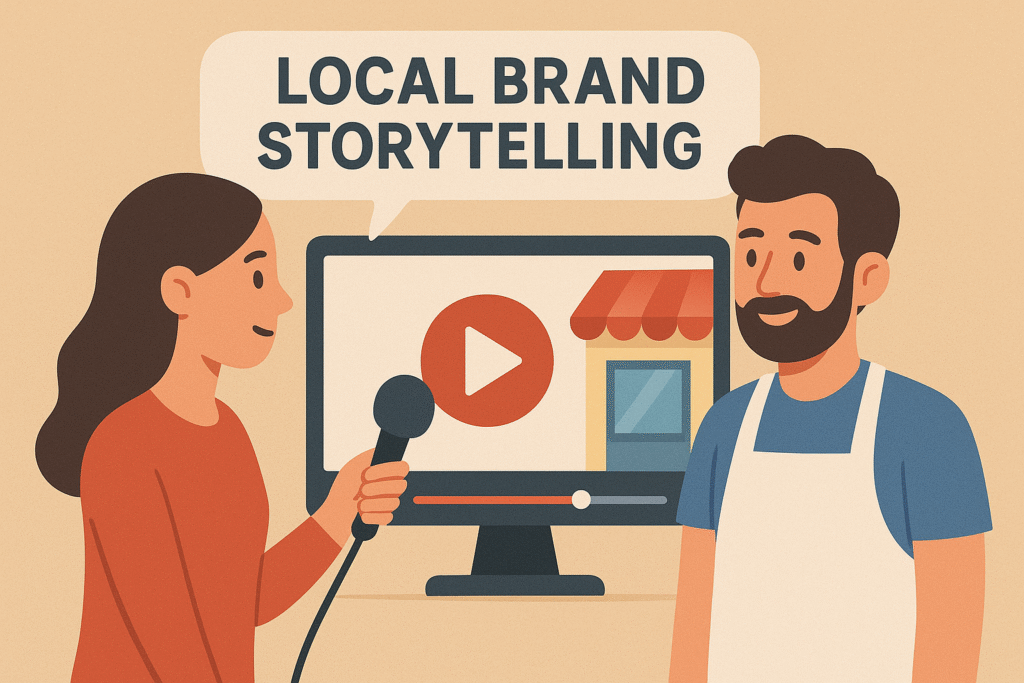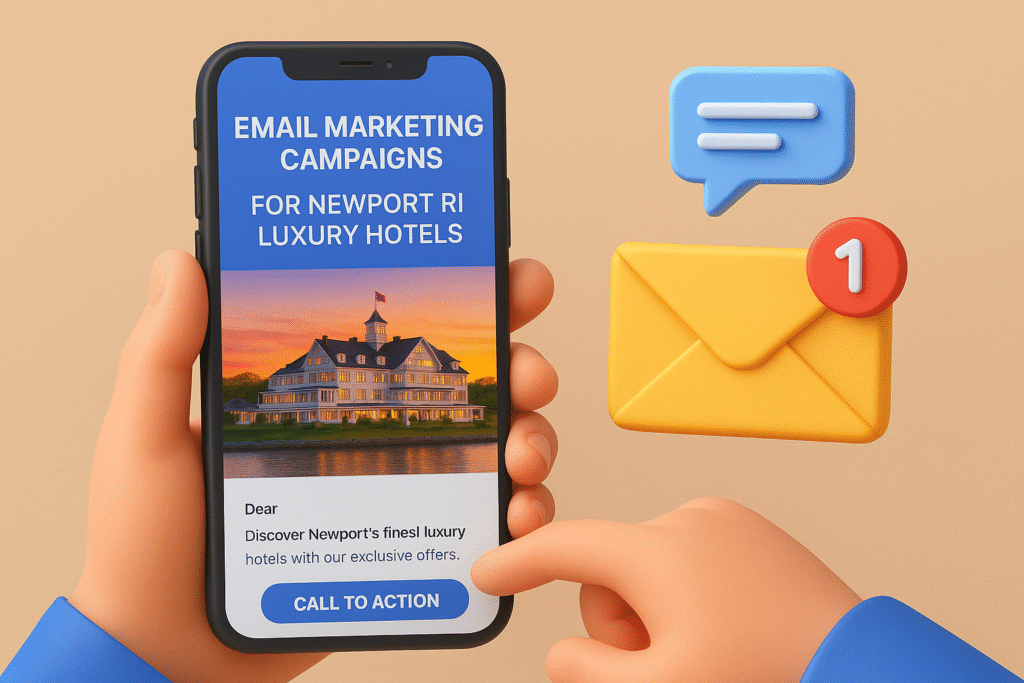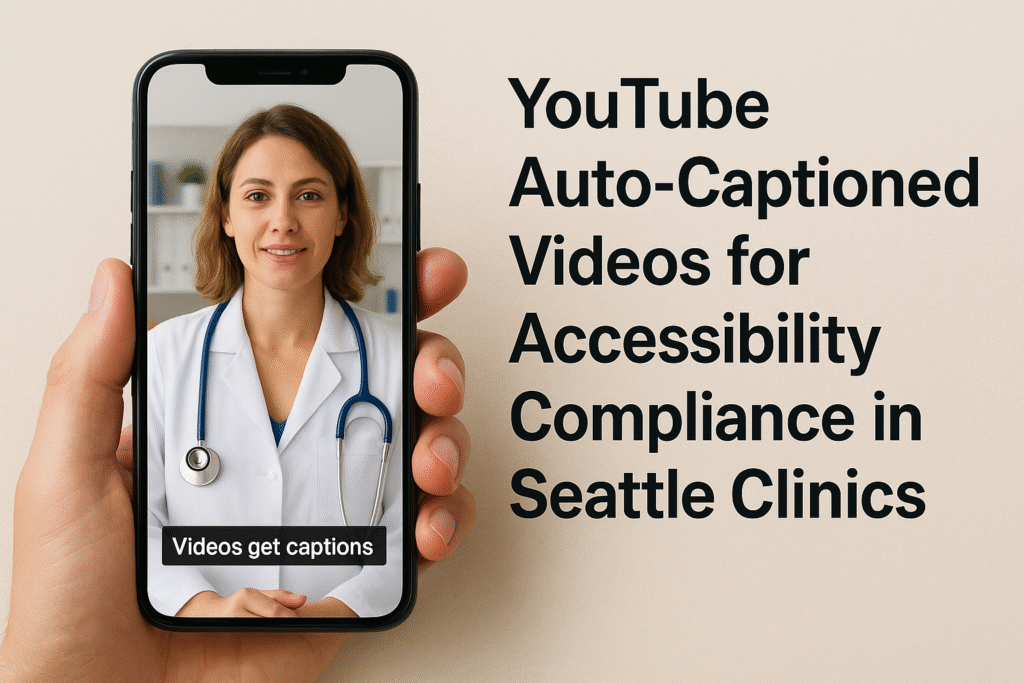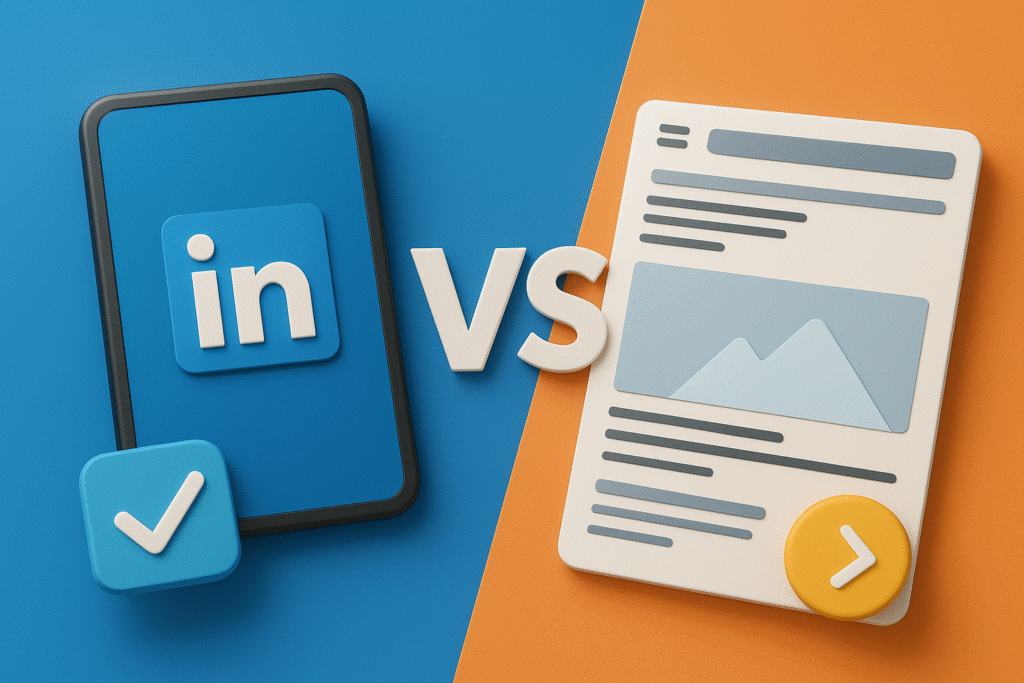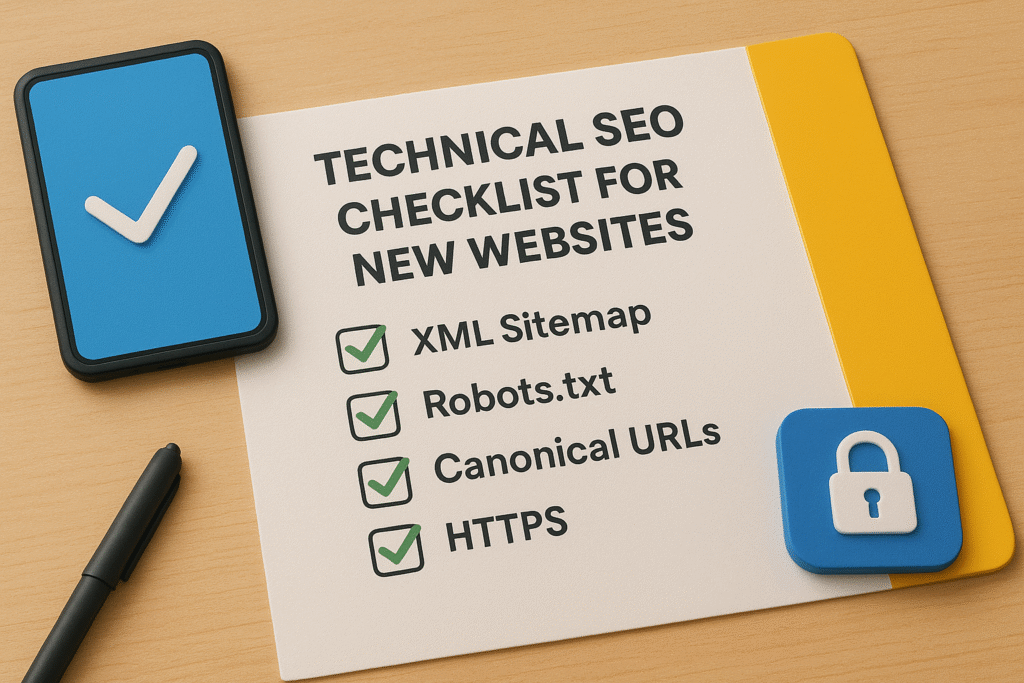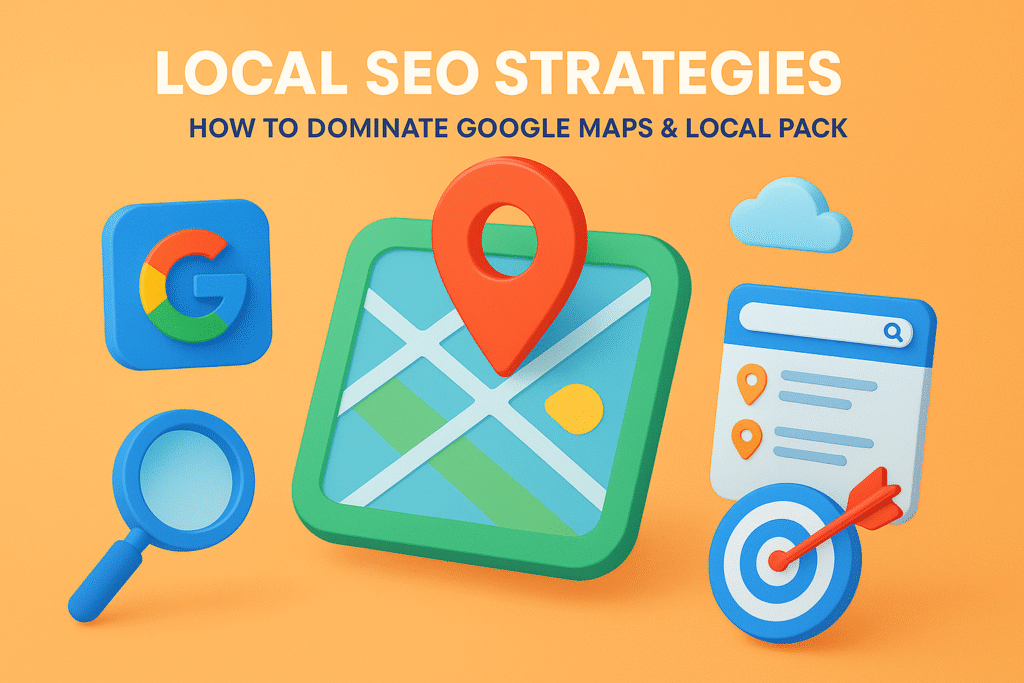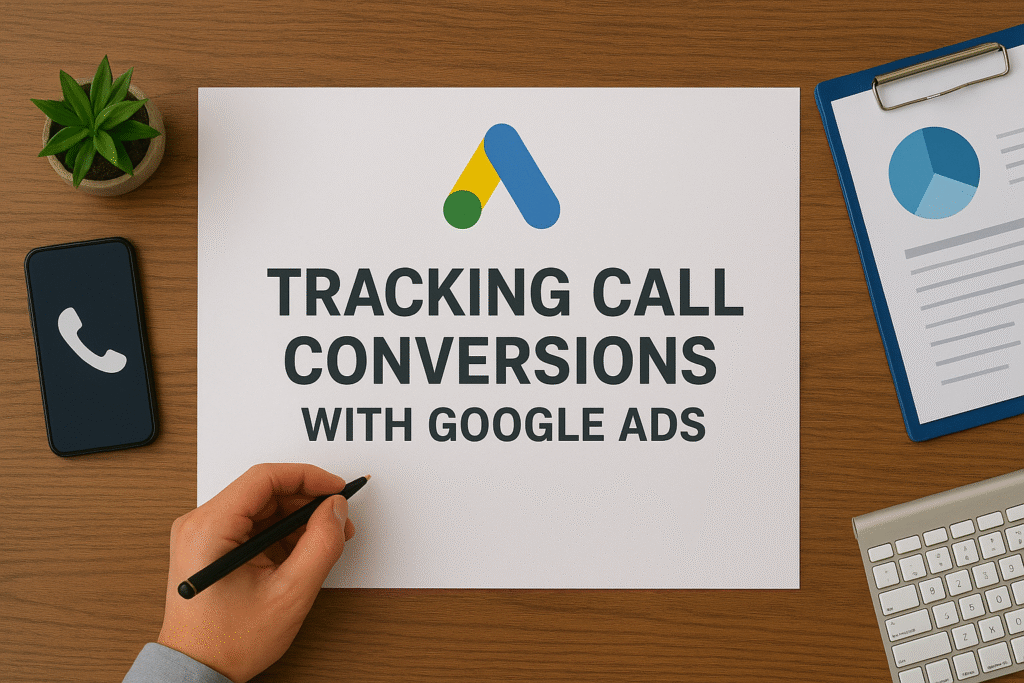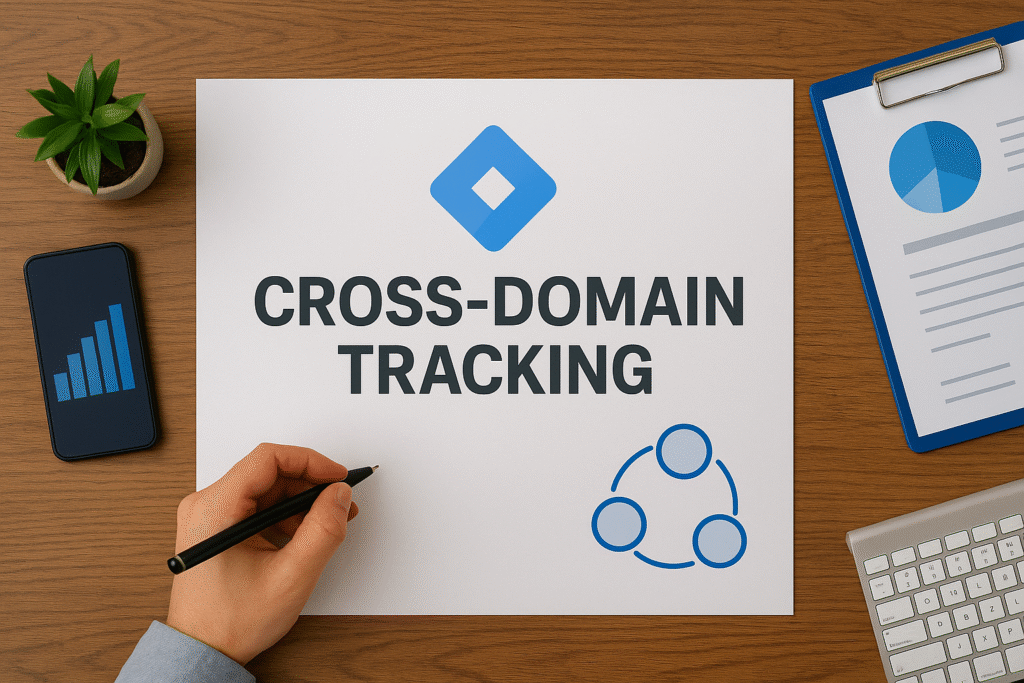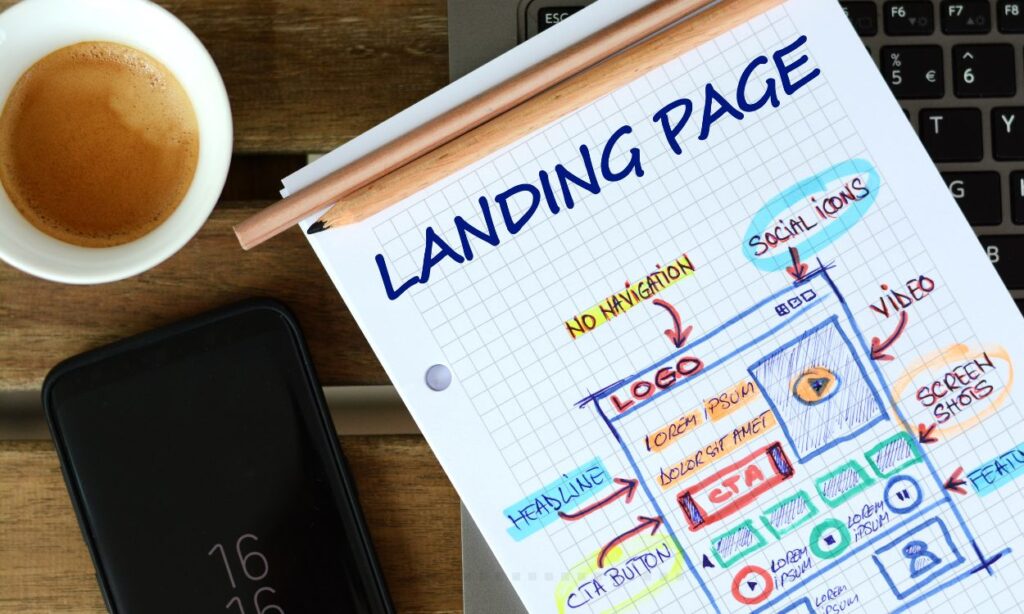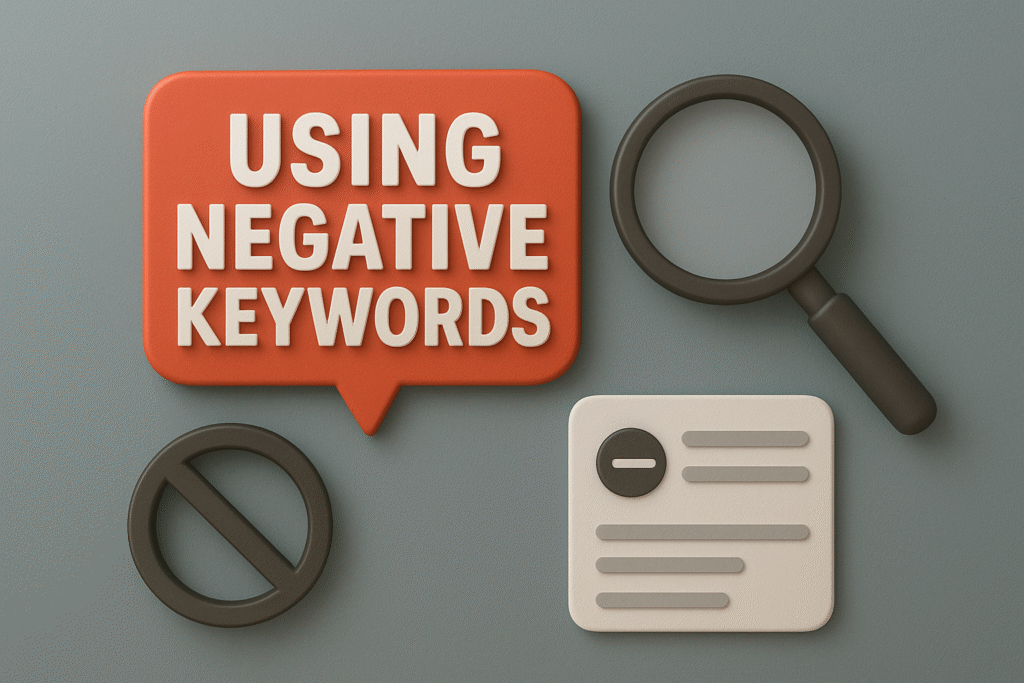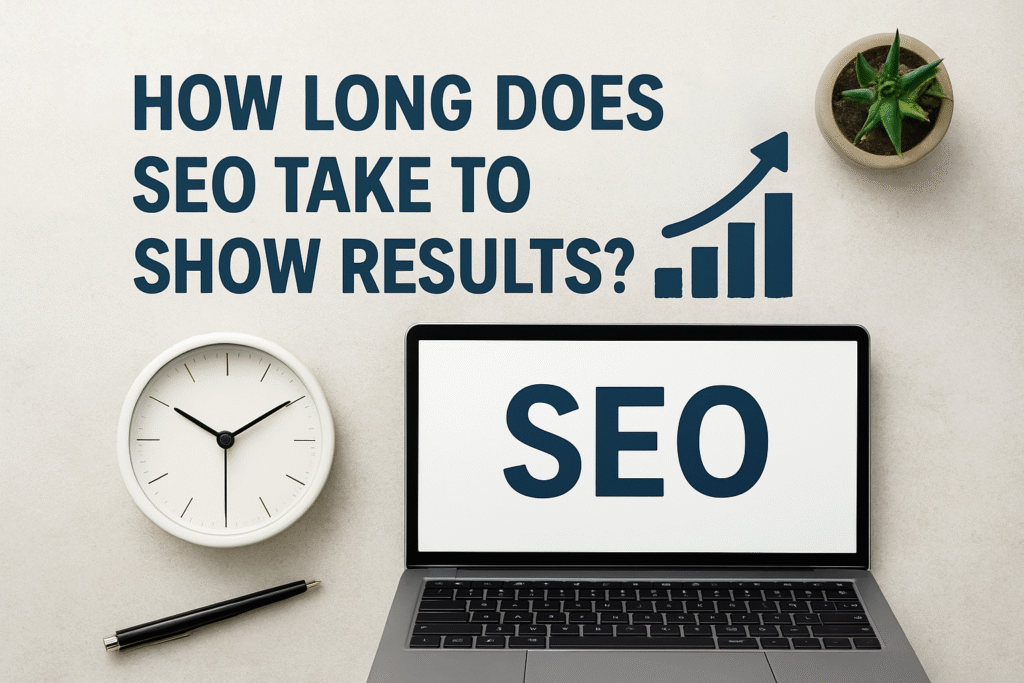Scaling a paid ad campaign is one of the most exciting — and risky — stages in PPC management. I’ve seen clients go from $100/day to $1,000/day in spend, only to burn through their budget without gaining any additional ROI. Why? Because they scaled without strategy. The truth is, if you want to scale PPC campaign effectively, you need precision, not just more money.
“According to WordStream, 50% of ad spend is wasted due to lack of optimization and misaligned scaling strategies.”
Source: WordStream
Here’s my personal framework for scaling PPC campaigns that actually increase conversions — without inflating costs or losing control of performance.
What Scaling Really Means in PPC
Scaling doesn’t just mean raising the budget. It means increasing performance, conversions, or revenue without reducing efficiency. A campaign scaled well will:
- Maintain or improve ROAS (Return on Ad Spend)
- Reach new qualified audiences
- Leverage high-performing data intelligently
- Use budget strategically, not recklessly
“Pro Tip: If your conversions don’t grow in proportion to your ad spend, you’re not scaling — you’re overspending.”
Step 1: Tighten Performance Before Scaling
Before I even think about increasing ad spend, I go through every metric to make sure the foundation is solid.
What I check:
- Conversion tracking is accurate in Google Ads and Google Analytics
- Keywords are optimized by match type and Quality Score
- Ad copy has been A/B tested and winner identified
- CPA is below the profit threshold
- ROAS is stable over 14–30 days
If these aren’t locked in, I fix them first — otherwise, scaling just means throwing money at broken systems.
Step 2: Use Micro-Budget Increases Strategically
When I’m ready to scale, I increase budgets gradually — no more than 15–20% every 3–5 days. I monitor performance with each increase, ensuring the campaign can handle the additional volume.
For Google Ads:
- Use Shared Budgets with portfolio bid strategies
- Monitor Impression Share closely
- Avoid switching bid strategies and budget at the same time
For Meta Ads:
- Duplicate ad sets and test scaling one variable at a time
- Use Campaign Budget Optimization (CBO) for automated distribution
“Pro Tip: Sudden large budget jumps can reset your campaign learning phase and destroy performance data.”
Step 3: Scale What’s Working — Not Everything
Instead of scaling every campaign, I isolate the top 10–20% performers based on:
- Lowest CPA
- Highest CTR
- Best ROAS
- High conversion volume
Then I create lookalike campaigns based on this data:
- Clone high-performers and test new creatives
- Expand successful keyword themes with Google Keyword Planner
- Use SEMrush or SpyFu to identify competitors targeting similar terms
“Scaling doesn’t mean adding new campaigns. It means stretching what’s already working in smart directions.”
Step 4: Expand Audience Segments Gradually
Scaling also means reaching new people — but carefully.
Here’s how I do it:
- Create similar audiences or lookalikes from converting users
- Expand geo-targeting in small increments
- Test additional device types or ad placements
- Adjust ad scheduling based on time-of-day conversions
I use Google Ads Audience Manager and Facebook Audience Insights to segment high-converting behaviors and interests.
Step 5: Launch New Creative Variants
Stale ads are the fastest way to waste budget during scaling. As spend increases, ad fatigue becomes a real threat. I prepare new ad creative in advance.
For text and image ads:
- Rotate new headlines and CTAs
- Test new product angles or features
- Introduce urgency-driven copy
For video and display:
- Swap formats: GIFs, short-form video, animation
- Test new thumbnails and hooks
“Pro Tip: Add at least 2 new creatives for every $500 increase in monthly ad spend.”
Step 6: Monitor Efficiency Metrics Constantly
The goal of scaling is not just more conversions — it’s profitable conversions. I closely monitor:
- ROAS (should increase or remain stable)
- CTR (should not drop as budget increases)
- CPC and CPM (should stay within a defined range)
- Frequency (on Meta Ads — avoid fatigue)
- Conversion rate consistency
I build dashboards in Looker Studio to watch all of these in real time across platforms.
Step 7: Leverage Automation — But Don’t Rely on It
Smart Bidding, CBO, and automated rules are powerful — but I never scale campaigns blindly using automation alone. I combine:
- Manual CPC for early-stage control
- Maximize Conversions with bid limits
- ROAS targets with adjusted thresholds based on performance
Tools like Optmyzr and Revealbot help automate scaling rules, but I always review results daily.
Final Thoughts
The truth is, to scale PPC campaign effectively, you need structure — not speed. Scaling is a science of iteration, testing, and precision budgeting. You don’t grow ROI by pushing buttons. You grow it by pushing what already works into new, smart directions.
Want to see the scaling template I use with clients? Check out my PPC growth playbook — it includes campaign checklists, copy templates, and scaling scripts I’ve built over the years.
Frequently Asked Questions (FAQs)
1. What does it mean to scale a PPC campaign effectively?
It means increasing your budget and reach without lowering performance — ideally keeping CPA low and ROAS high as you grow.
2. How fast should I scale a PPC campaign?
No more than 15–20% budget increase every 3–5 days. Sudden jumps can reset algorithm learning and hurt performance.
3. What should I monitor while scaling?
Key metrics include ROAS, CTR, CPC, conversion rate, and frequency. If any of these decline significantly, pause and reassess.
4. Should I create new campaigns when scaling?
Only if current ones have maxed out their audience or budget caps. It’s more efficient to scale winning campaigns before launching new ones.
5. How do I scale PPC on a small budget?
Focus on your top-performing ad sets, use manual bidding, and rotate fresh creatives. Avoid spreading your budget across too many ad groups.
6. Do automated bid strategies work well during scaling?
Yes, but only when you have enough conversion data. Use cautiously and review performance regularly. Combine automation with manual oversight.
